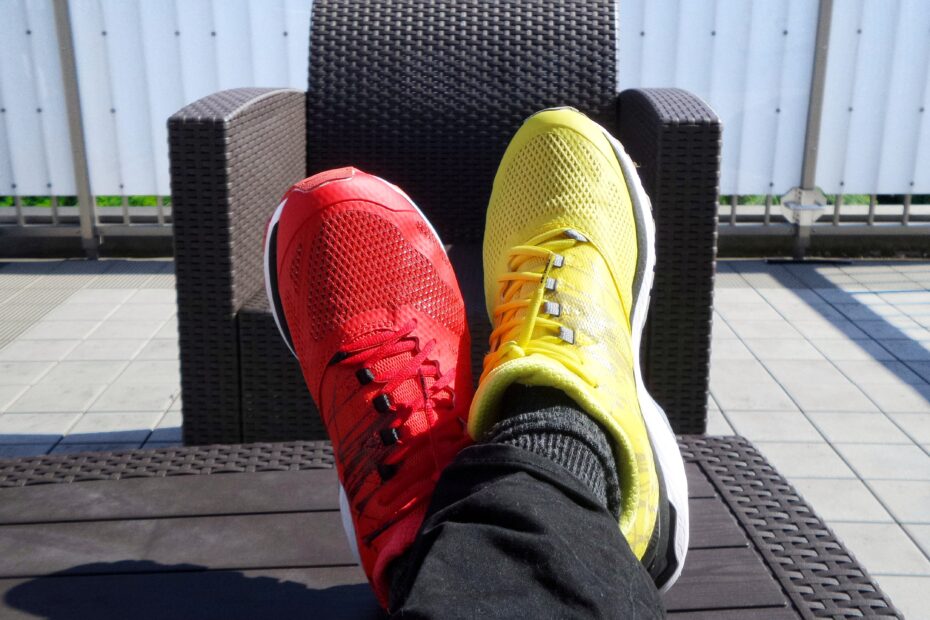What are Limit and Stop Loss Orders in Stock Exchange?
The difference between limit and stop orders in trading stocks is that limit orders are designed, for the most part, to maximize gain, and stop orders, also called stop loss orders, are intended to cut as much loss as possible. Below are descriptions of what limit and stop orders really are and how they function.
Stop-limit orders are valuable tools also, because they combine the powers of each to minimize risk.
Limit Orders in Stock Exchange
Limit orders, much more complex than market exchanges, are orders set by an investor to buy or sell a stock once it has reached a certain value. Unlike stop and market orders, limit buys or sells guarantee that a particular security will be bought or sold at, or at a more favorable and more profitable price than the set limit order price, providing that the stock should hit that mark.
An example of a limit buy follows: if someone is monitoring a particular stock, which presently has a market value of $8, that person might set a limit order to buy once (if) the stock should fall to $6. Upon hitting a market value of $6, if it does, the limit order will be enacted, and presuming sellers are available while the value is at $6 or less, the predetermined amount of shares will be bought for up to $6 per share as soon as possible.
Read about the difference between stop and stop-limit trades
A limit sell, on the other hand, is where someone decides to sell once a stock has risen to at least a certain value. For instance, if someone bought a number of shares of a stock at $6 a piece, he could set a limit order to sell at $10. If the stock should reach that value, as soon as buyers are available, the predetermined amount of shares will be sold for $10 or more, as soon as possible. The investor can modify or set the expiration of a limit order. One advantage of limit orders is that they do not require constant monitoring of the market.
Stop Orders in Trading Stocks
Stop orders are designed to cut loss. They too can be set to initiate a buy or a sell. In a buy stop order, an investor will set a value at which to buy a certain security presuming it rises to that point. For instance, if a security has a market value of $6, an investor could set a stop buy at $8. If the security rises to that value, his order becomes a market order, and presuming sellers are available, the security will be bought. However, the market value could surge from $7.99 to $10, and the stop buy might have the investor buying at $10 per share, even though he set the stop value at $8. These orders are intended to catch a stock with a rising value.
Learn about trailing stop orders in stock trading here
A stop order to sell is a little more straightforward. This really is a stop loss order, as it intends to cut losses insofar as possible if the stock has dropped to the stop price. In example, an investor could have a number of shares of a stock with a market value of $8. He could set a stop order to sell at $6, and if the value should drop to that price, the stock will be sold at the next available time at market price. This order would be intended to cut loss on a falling stock (to sell at a somewhat low price before it goes too low). Again, in the above example, the stock could plummet from $6.01 to $4 very rapidly, and the stop order might sell at $4 a share in that case, because stop orders become market orders once the stop price is hit.
Stop-limit orders are designed to combat the problems that could arise from basic stop orders that can happen due to their becoming market orders. But all in all, the difference between limit and stop orders is that limits are designed to maximize profit, and stop orders are meant to decrease loss.
